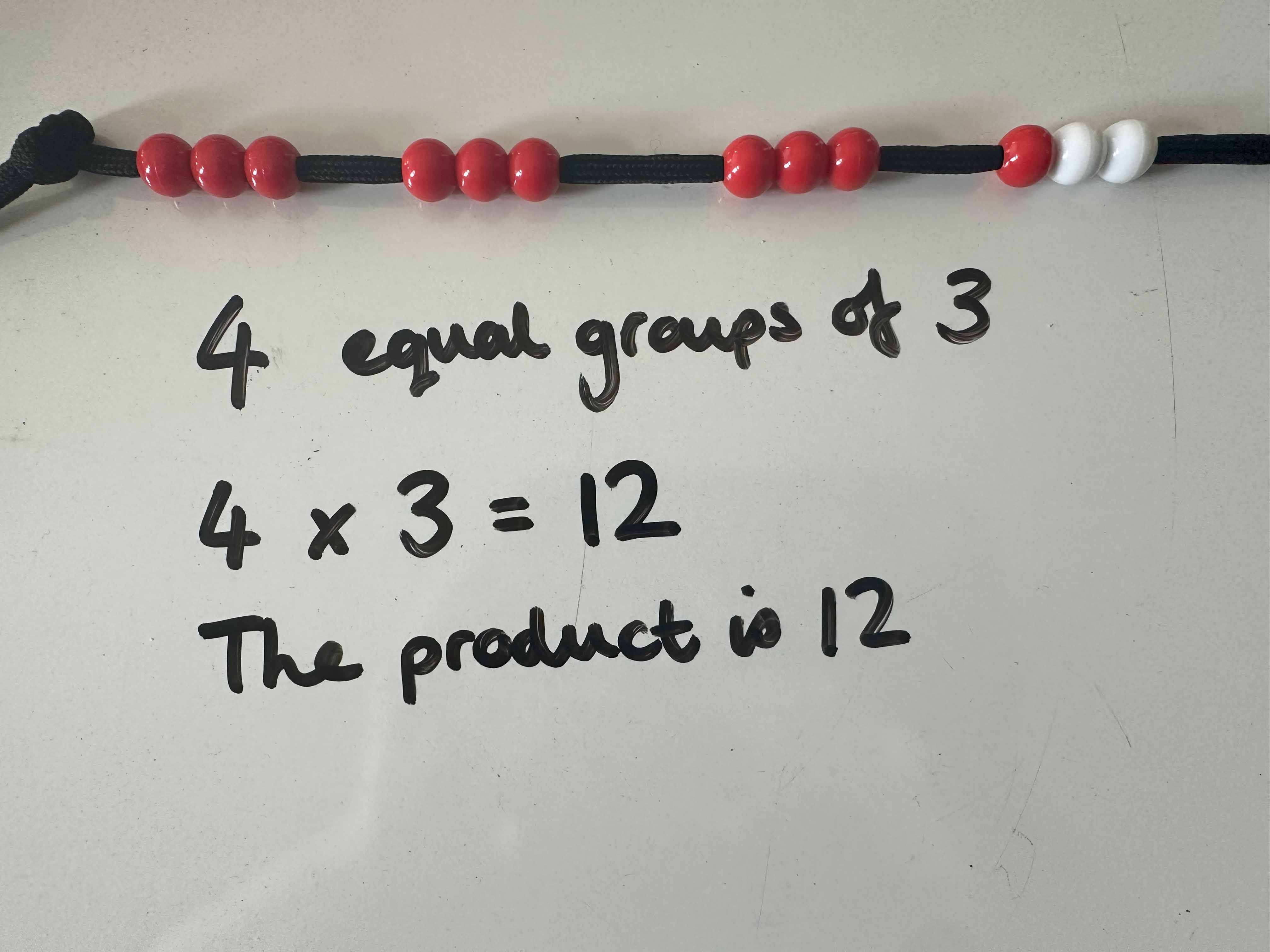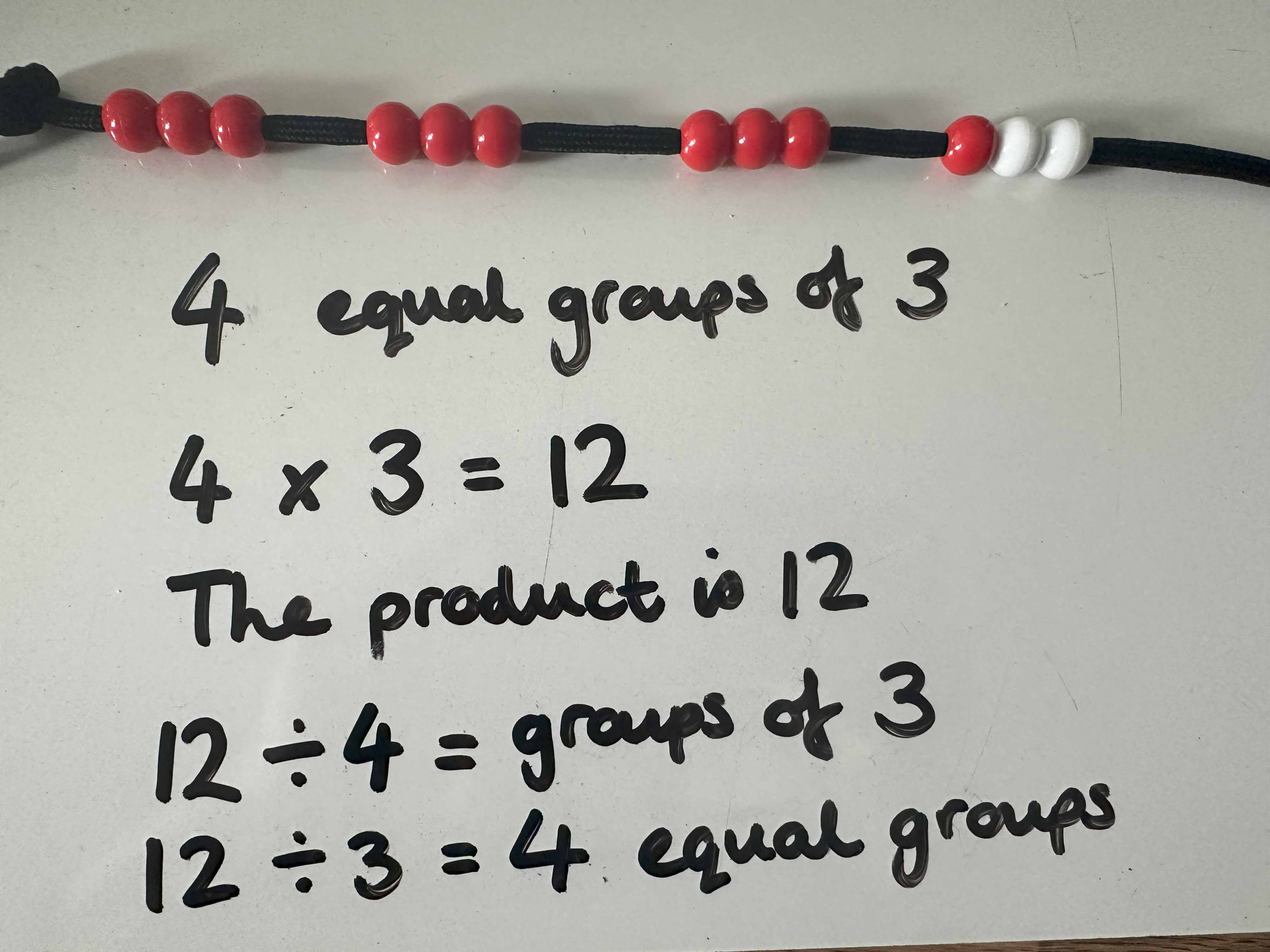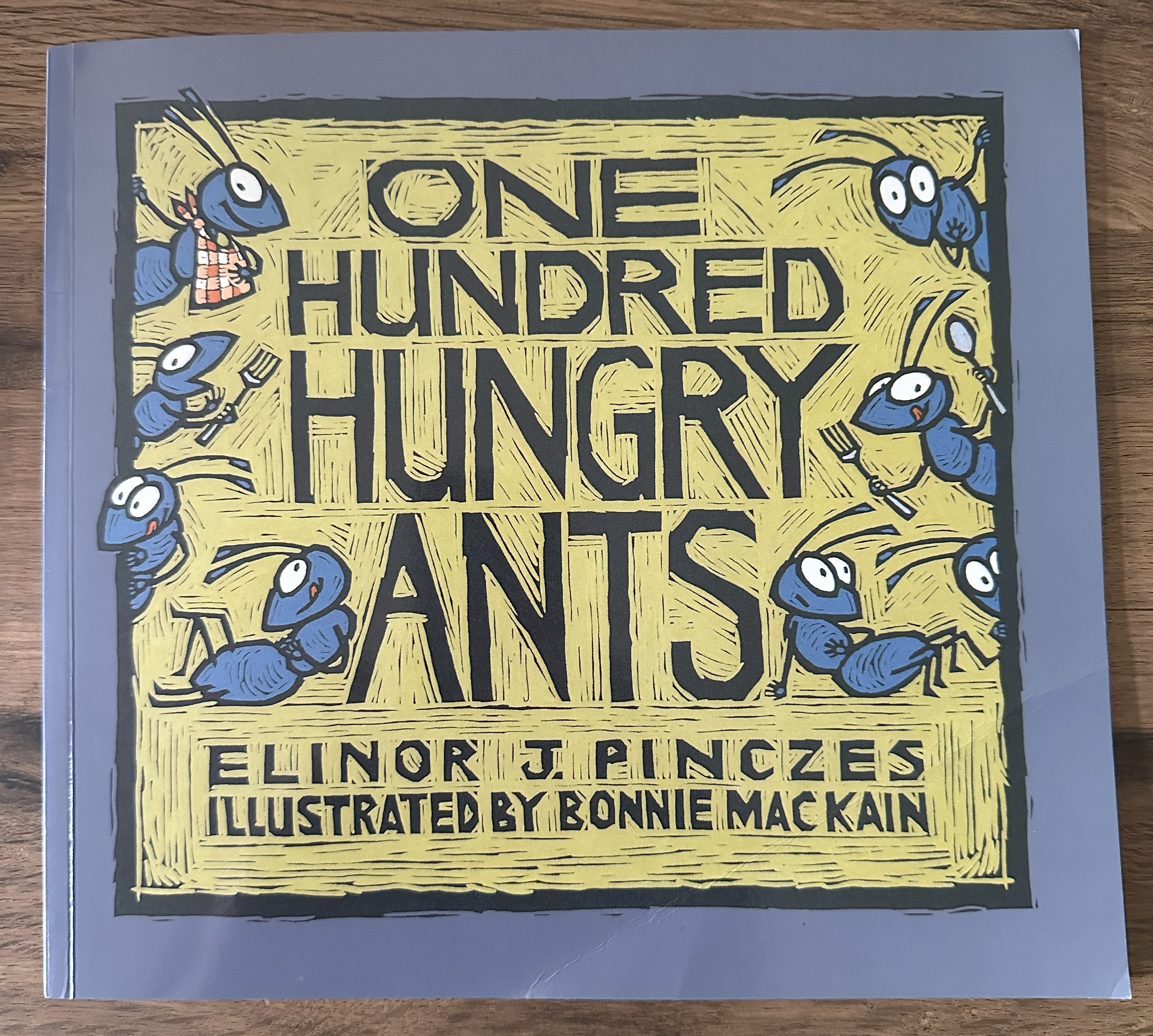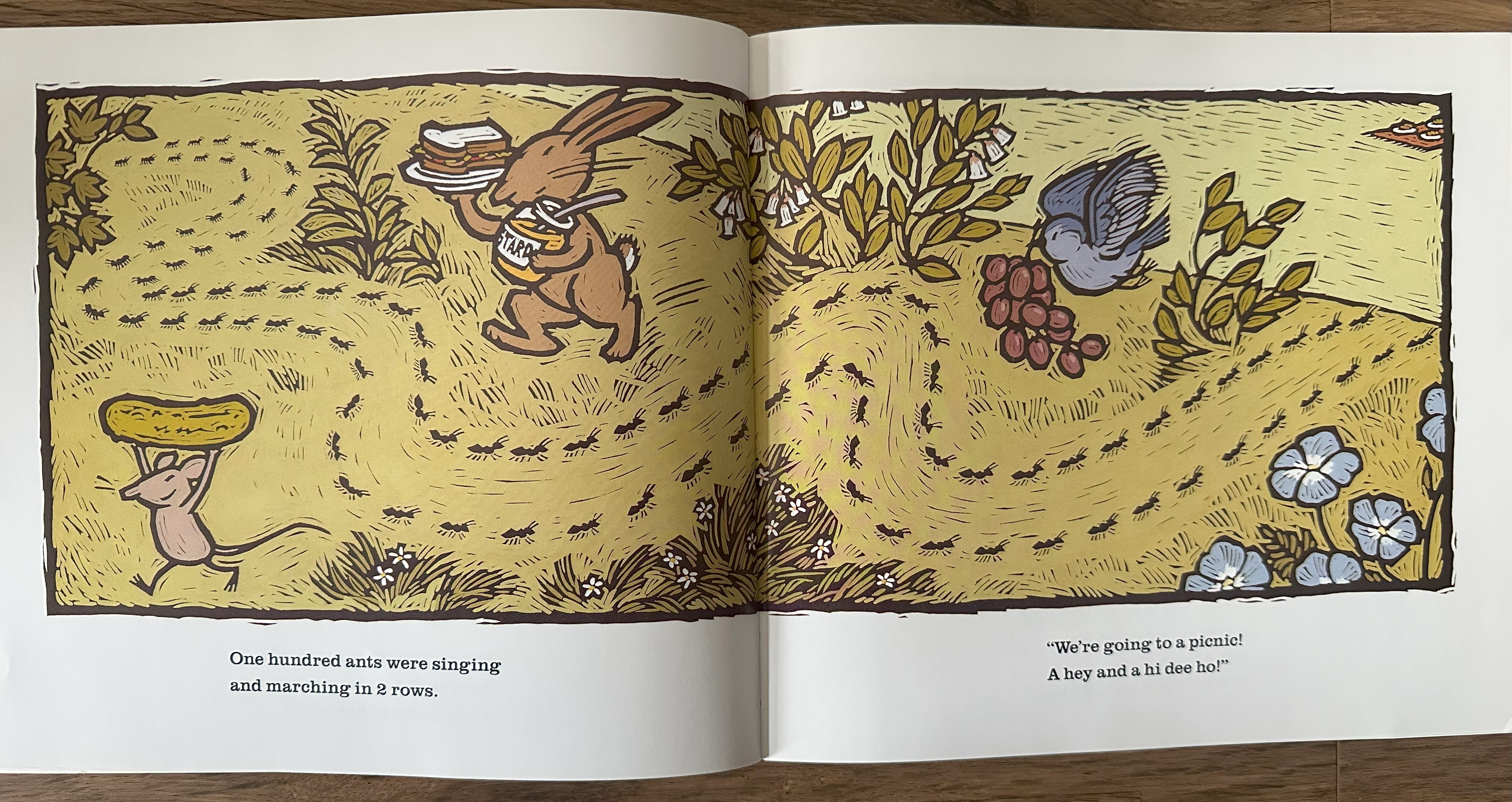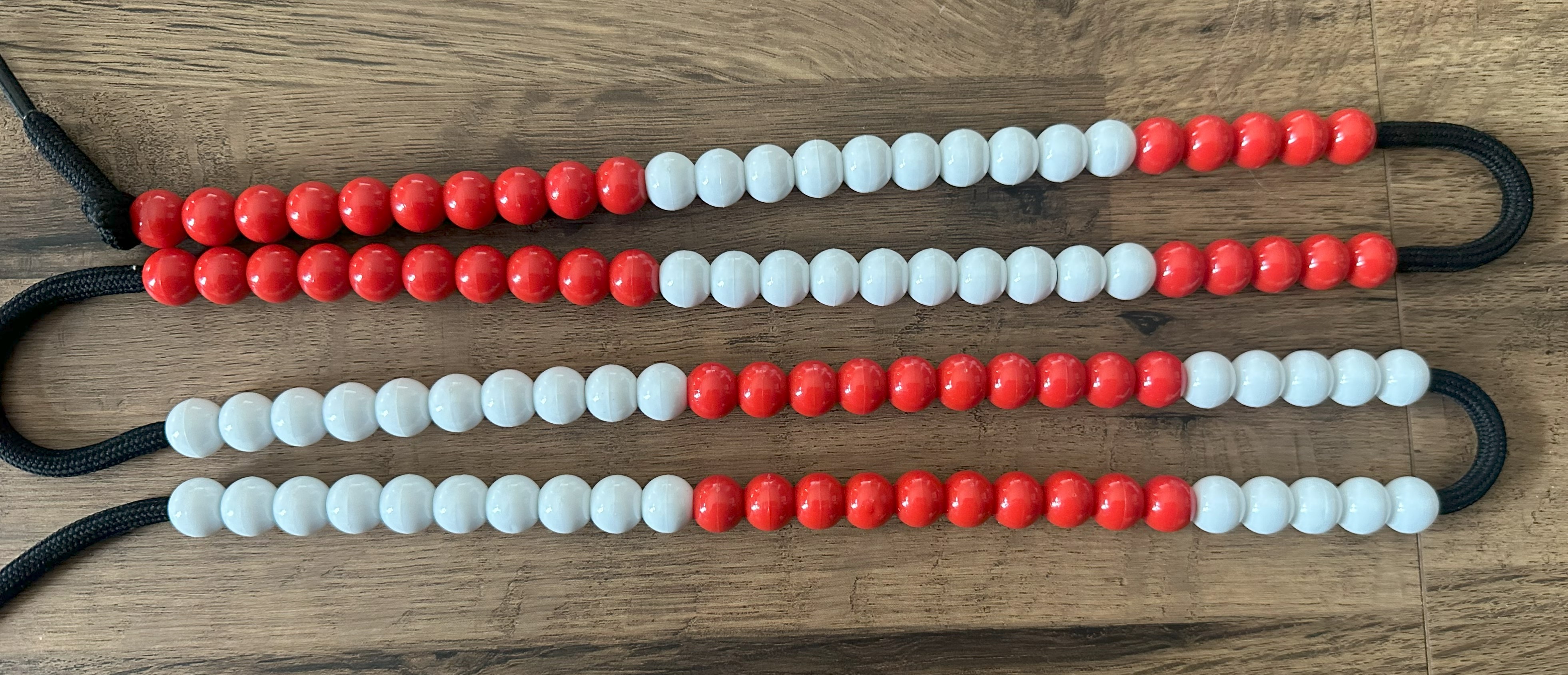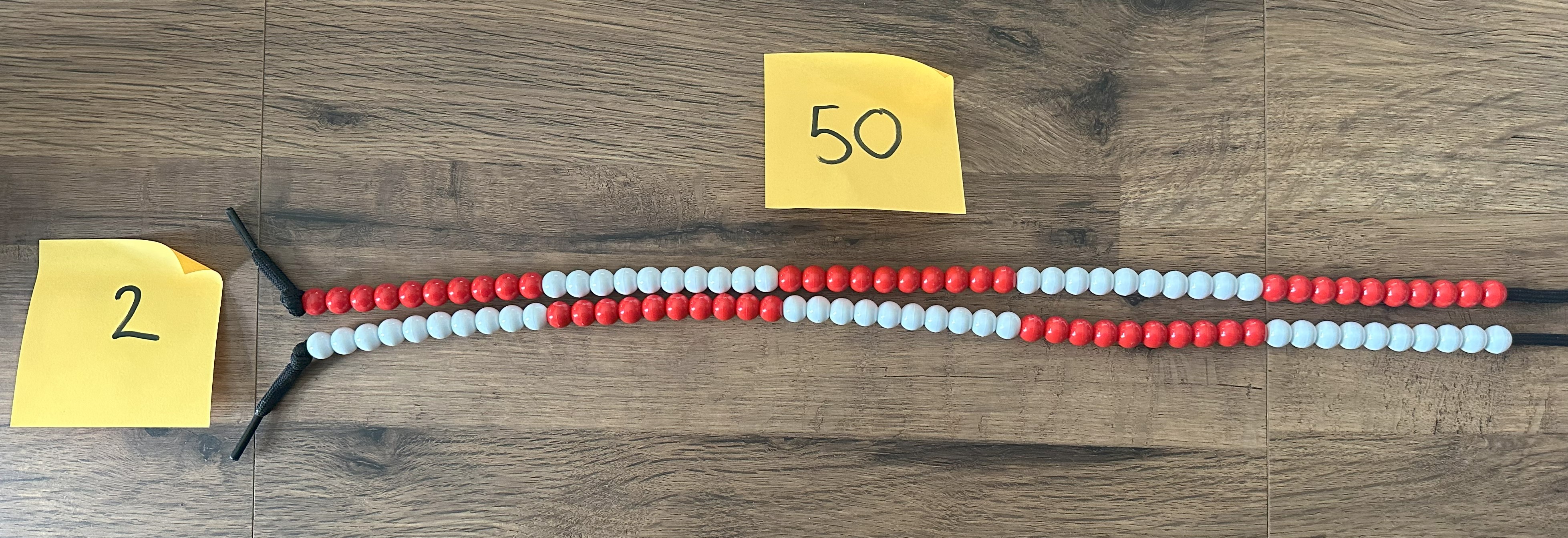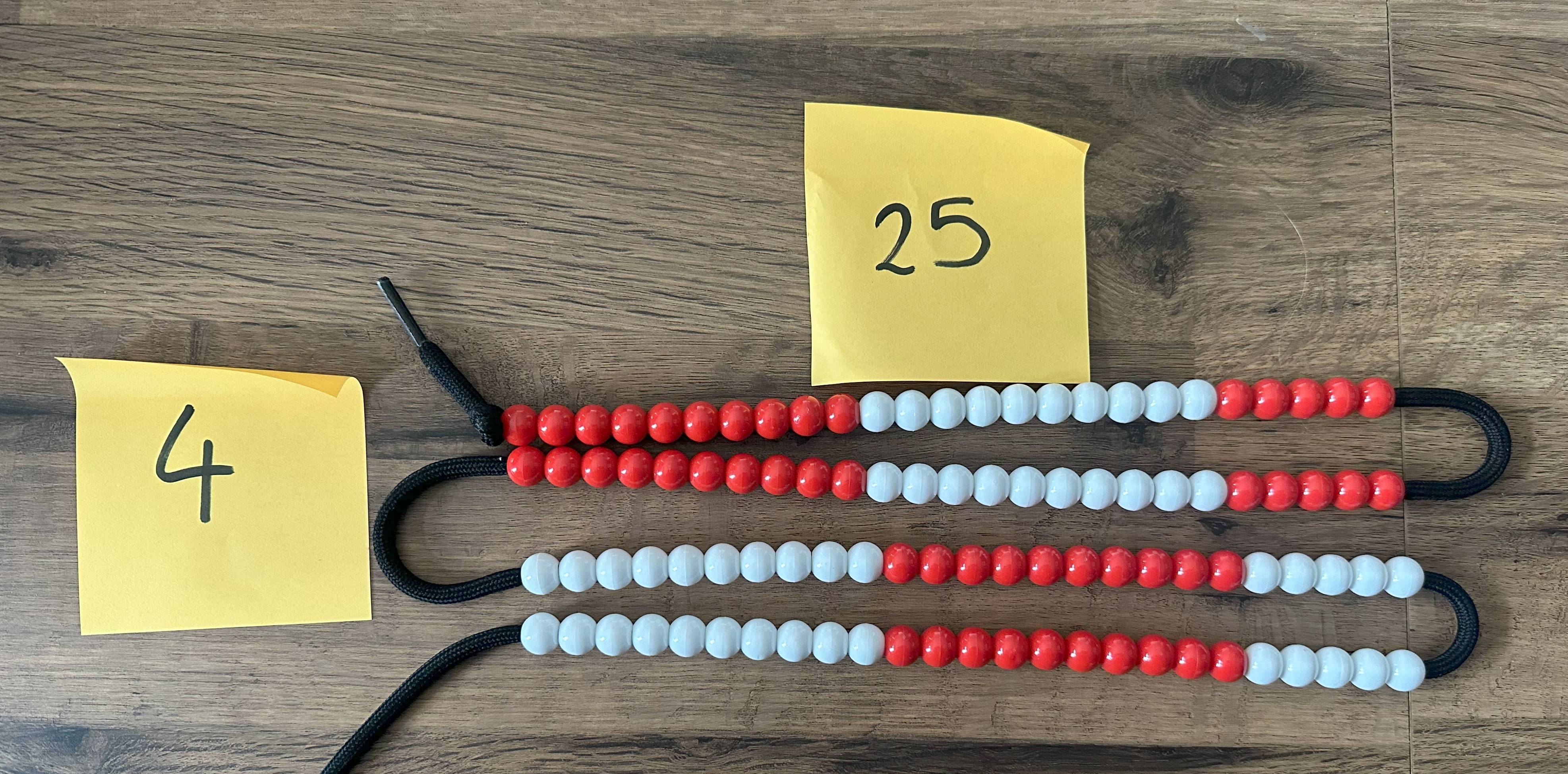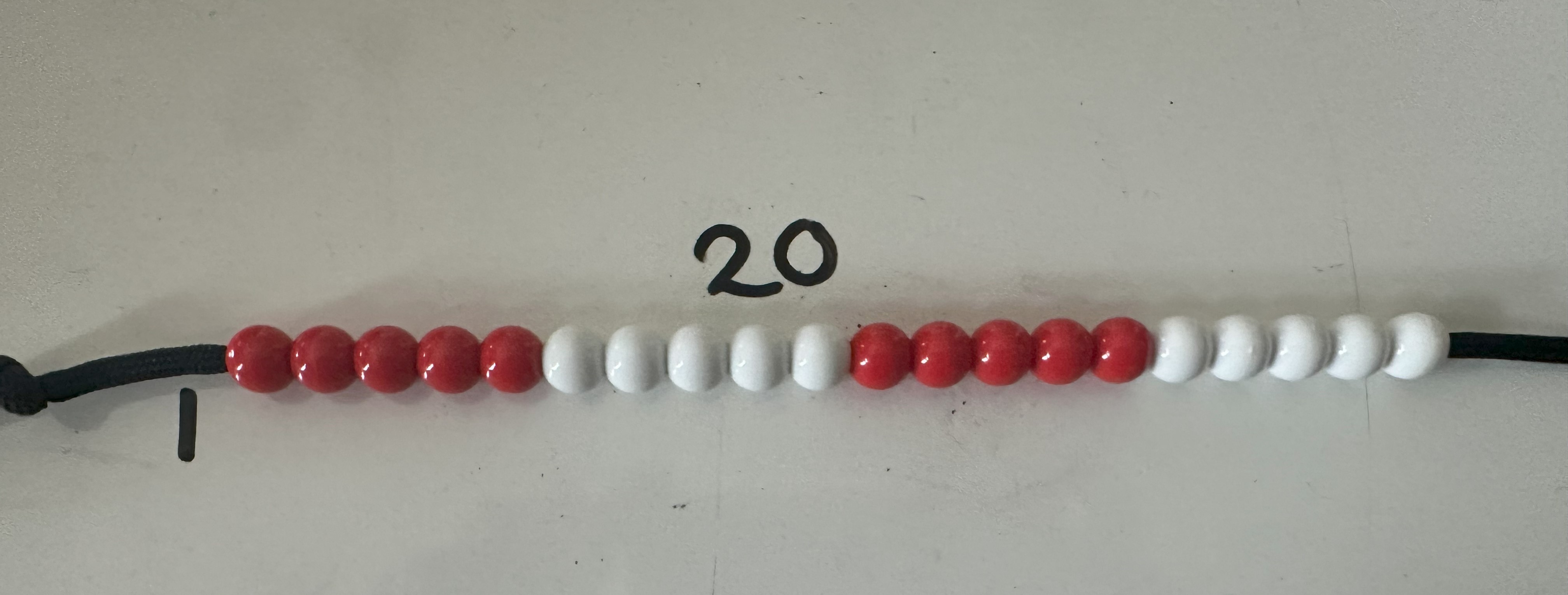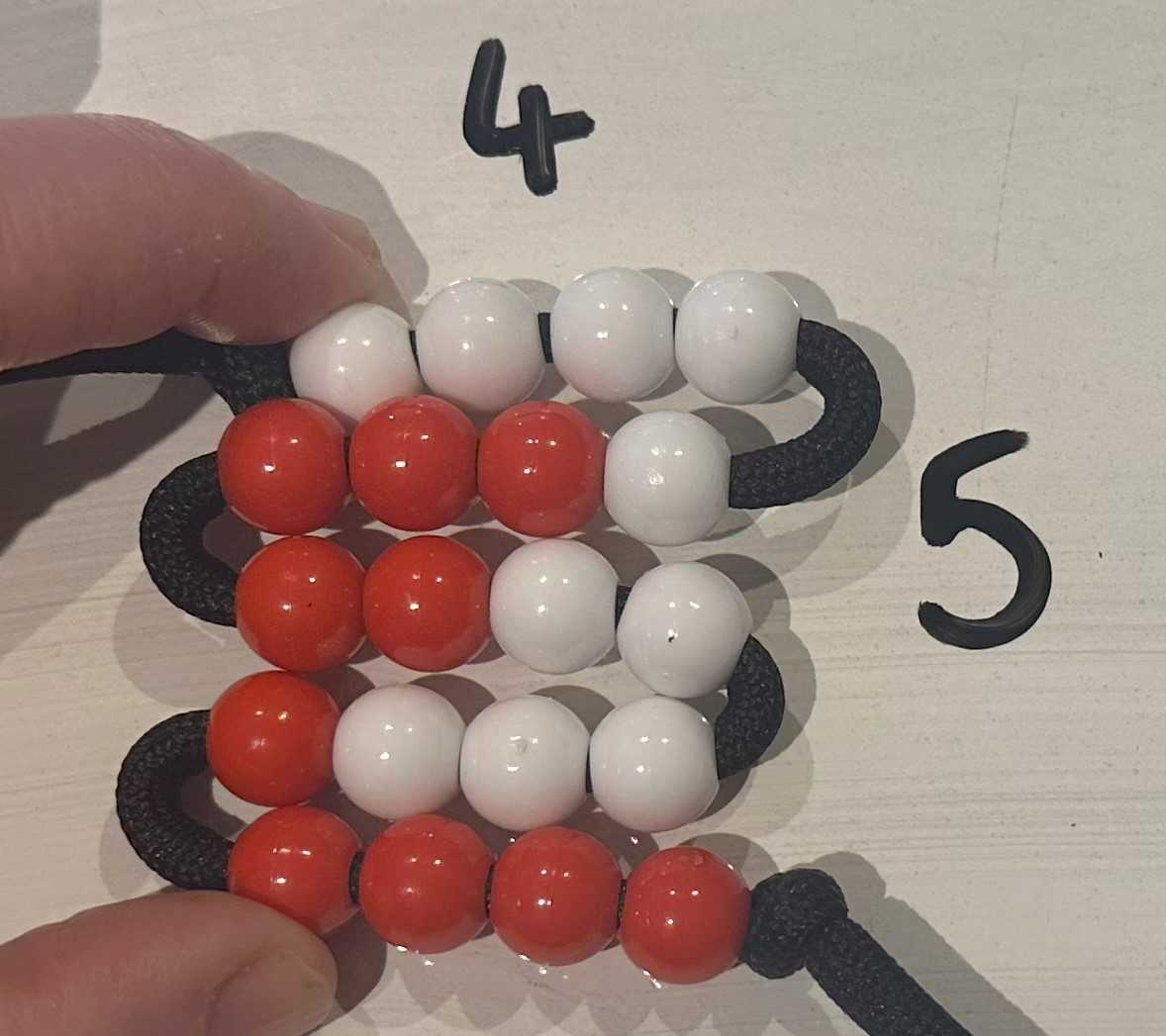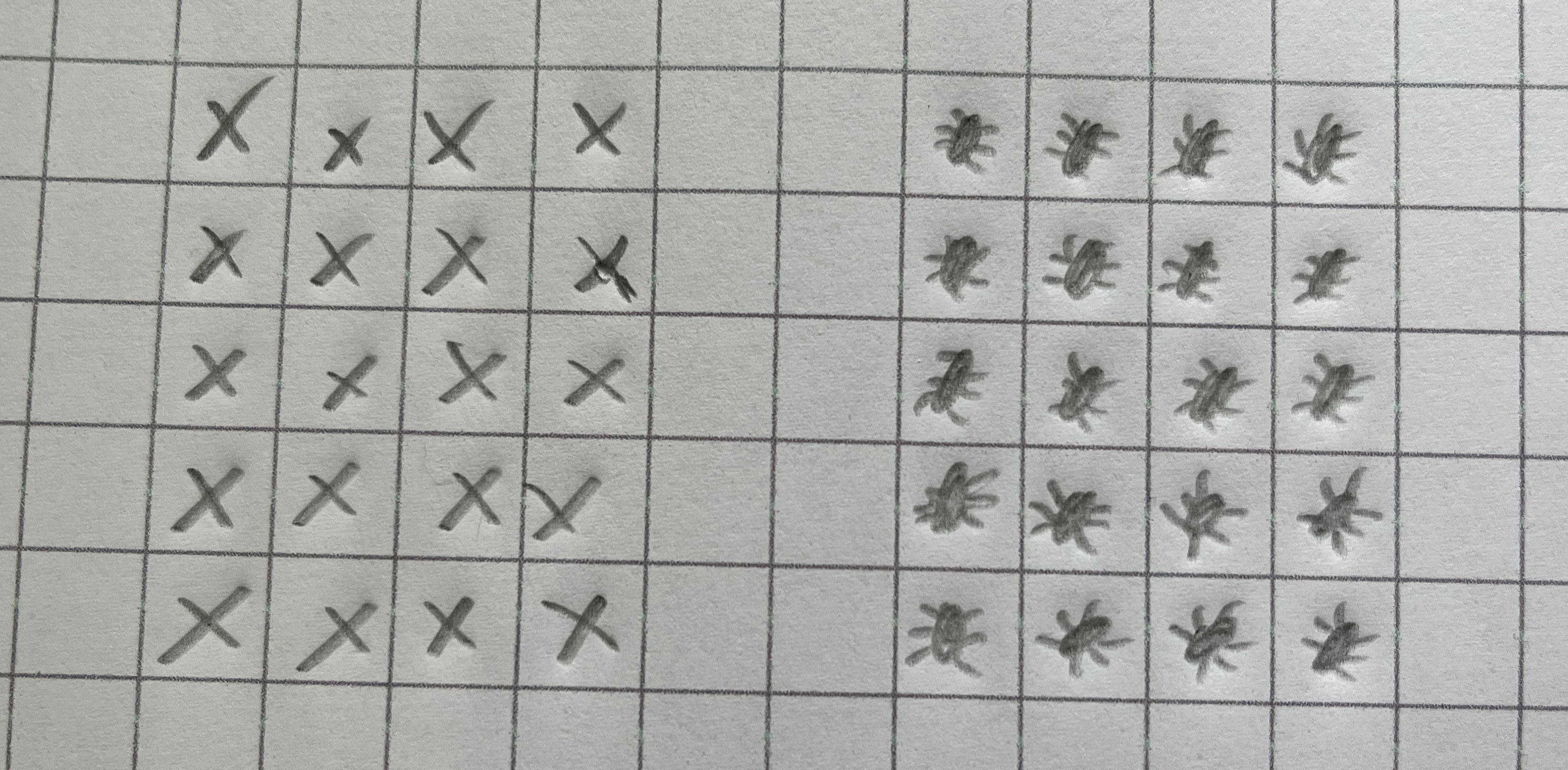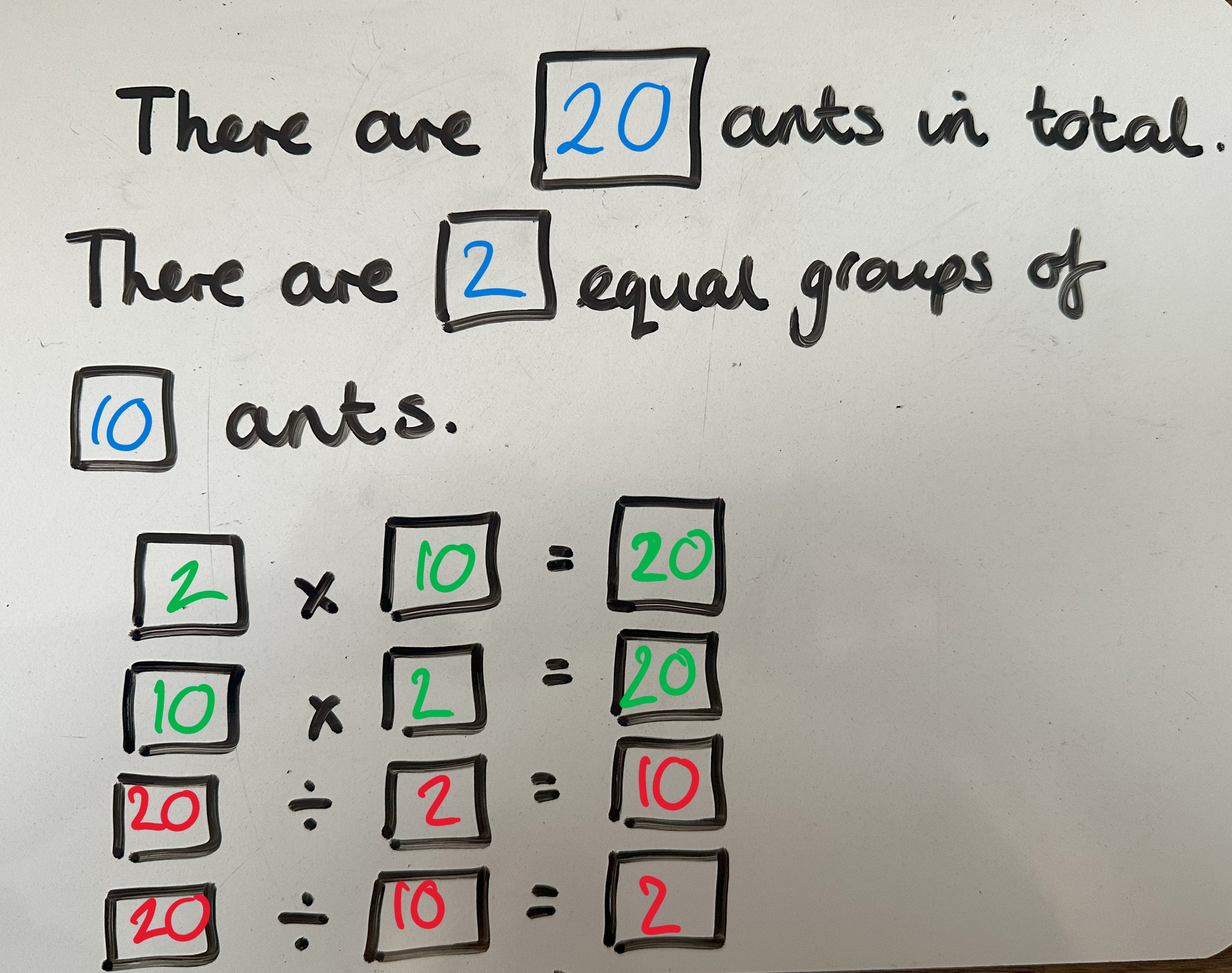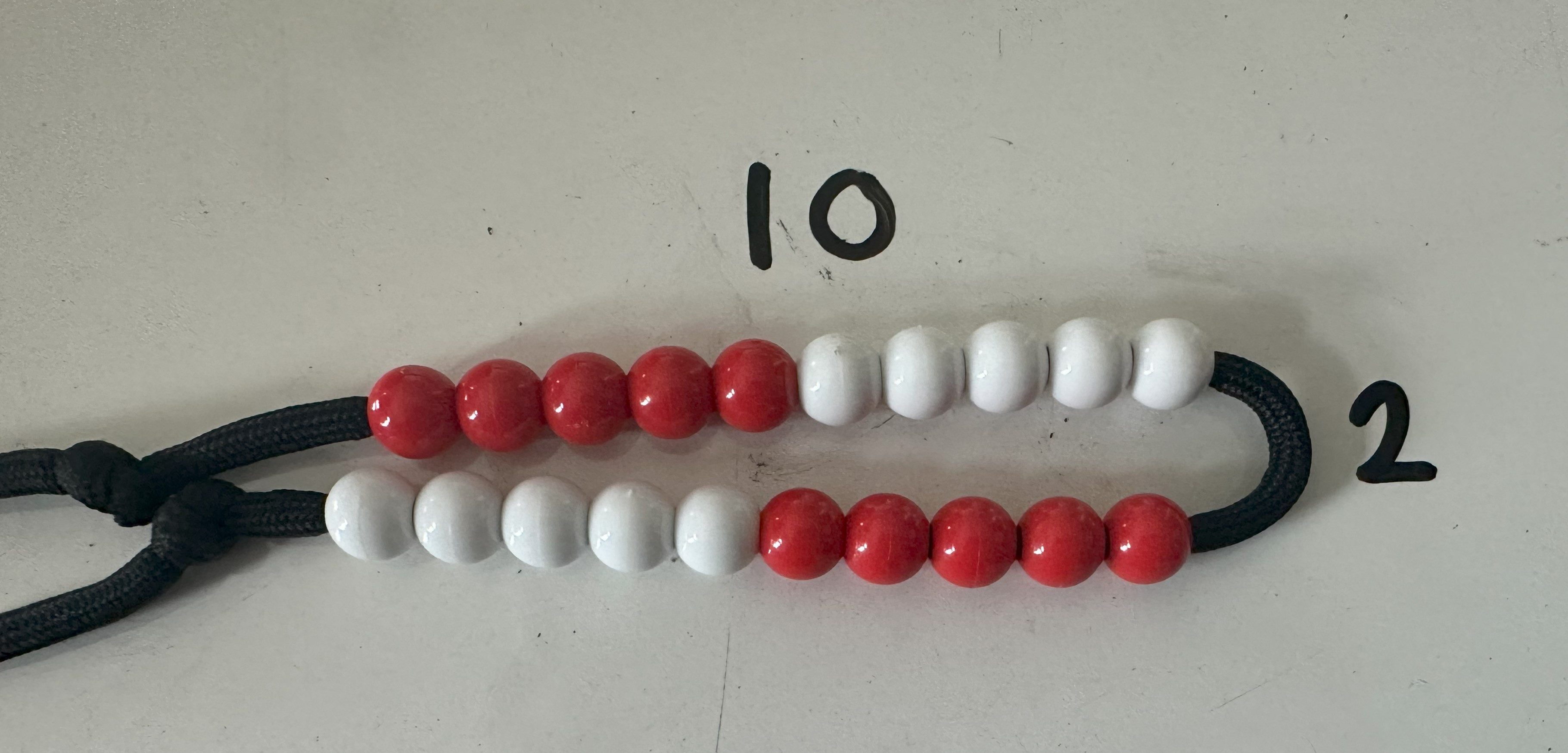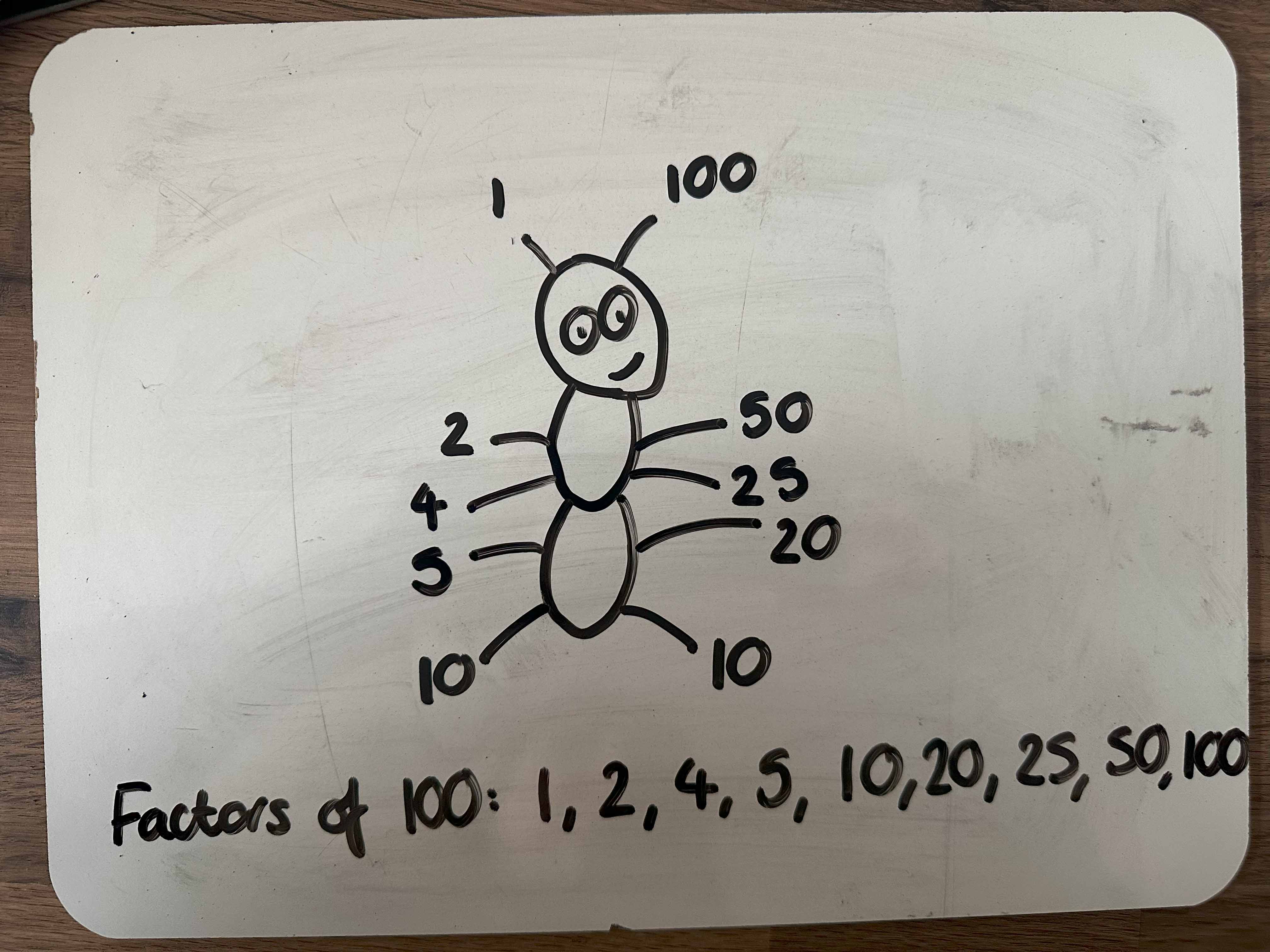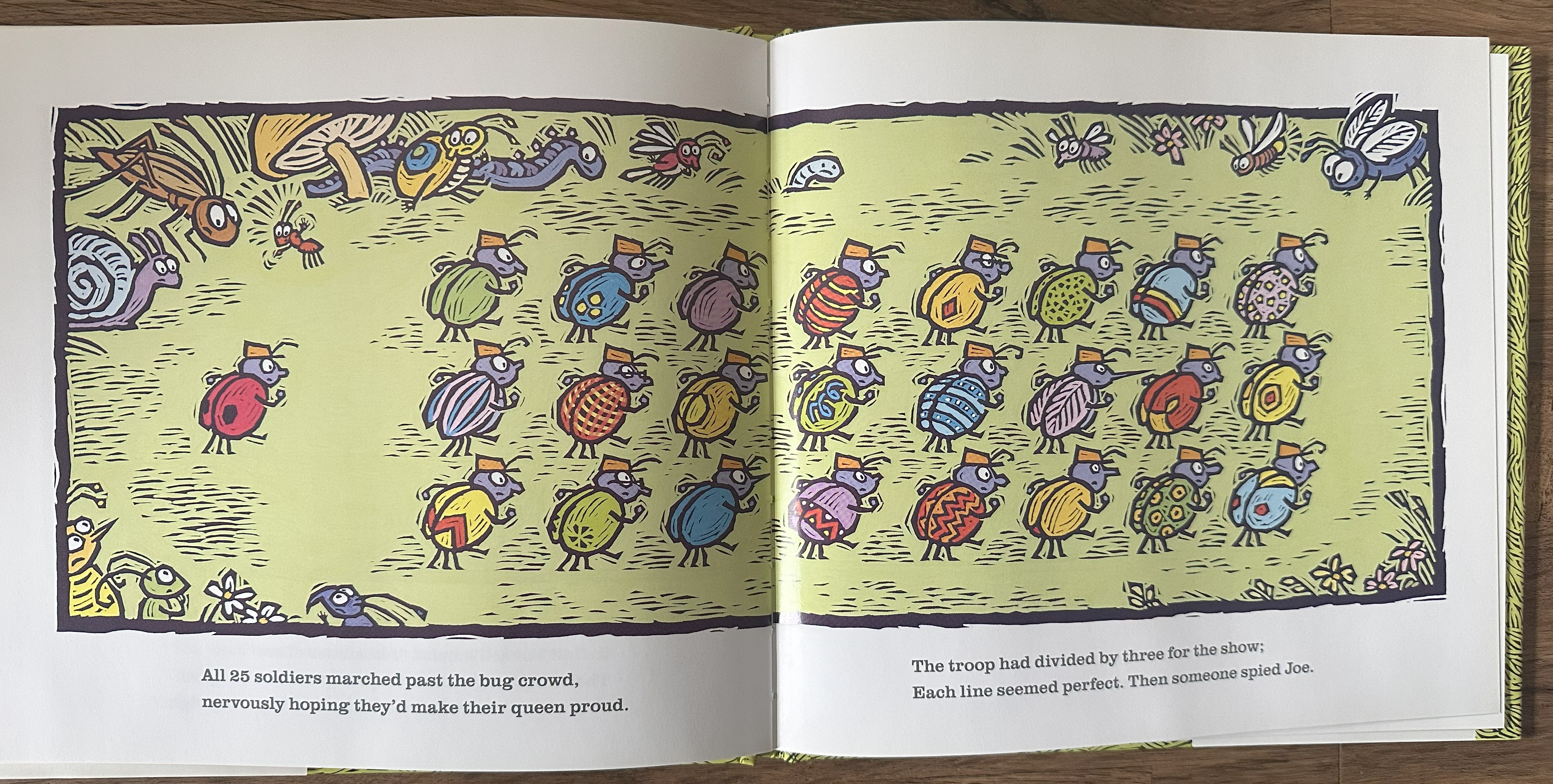In the evolving landscape of education, flexible working has emerged as a crucial strategy for attracting and retaining talented staff. Lucy Makins, a recruitment manager at HFL Education, has been a vocal advocate for flexible working in schools. Her insights, shared through various platforms including HFL Education and LinkedIn, provide a compelling case for why school governors and trustees should consider implementing flexible working practices in their schools.
The case for flexible working
Flexible working is not just a trend; it is a response to the changing needs of the workforce. The COVID-19 pandemic accelerated the shift towards flexible working, highlighting its benefits for both employees and employers. For schools, adopting flexible working can lead to increased staff satisfaction, improved retention rates, and a more diverse workforce.
Lucy emphasizes that flexible working can help schools attract a wider pool of candidates, including those who might otherwise be unable to commit to traditional full-time roles due to personal or family commitments. By offering flexible working options, schools can tap into a broader talent pool, ensuring they have the best possible staff to support their students.
Practical implementation of flexible working
One of the main concerns for school leaders is how to implement flexible working without disrupting the continuity of teaching and learning. Lucy provides practical examples of how schools have successfully integrated flexible working into their operations. For instance, Howe Dell Primary School in Hatfield has introduced job shares, flexible hours, and remote working options for staff. This approach has not only helped retain talented staff but also built loyalty and commitment among the team.
Key strategies for implementation:
- Job sharing: Allowing two teachers to share a full-time role can provide flexibility while ensuring that students receive consistent teaching.
- Flexible hours: Offering flexible start and finish times can help staff balance their work and personal commitments.
- Remote working: Enabling staff to work from home for certain tasks, such as planning and professional development, can enhance productivity and job satisfaction.
Addressing challenges
While the benefits of flexible working are clear, there are challenges that need to be addressed. One of the main concerns is the potential impact on workload and the need to ensure that all classroom hours are covered. Lucy suggests that schools need to be creative and willing to compromise. For example, teachers may need to be flexible about their preferred working patterns to ensure that the needs of the school are met.
Another challenge is the perception that flexible working might lead to a reduction in the quality of education. However, evidence suggests that flexible working can actually enhance the quality of teaching by reducing stress and burnout among staff. When teachers are happier and more balanced, they are better able to focus on delivering high-quality education.
The role of governors and trustees
School governors and trustees play a crucial role in shaping the policies and practices of their schools. By championing flexible working, they can help create a more supportive and inclusive working environment. Here are some steps that governors and trustees can take to promote flexible working in their schools:
- Policy development: Develop and implement policies that support flexible working. This includes setting clear guidelines on how flexible working requests will be handled and ensuring that all staff are aware of their rights and options.
- Budgetary considerations: Are there additional costs to consider with flexible working opportunities ie with shared roles? It will always be a balancing act between what is desirable and what is affordable in terms of what your school budget can support.
- Training and support: Provide training for school leaders on how to manage flexible working arrangements effectively. This can include workshops on time management, communication, and team collaboration.
- Monitoring and evaluation: Regularly review the impact of flexible working on staff satisfaction, retention, and student outcomes. Use this data to make informed decisions and adjustments to the flexible working policy.
- Communication: Foster open communication with staff about the benefits and challenges of flexible working. Encourage feedback and be willing to make changes based on staff input.
Benefits for students
Ultimately, the goal of flexible working is to create a better working environment for staff, which in turn benefits students. When teachers are less stressed and more satisfied with their work, they are better able to focus on their students' needs. Flexible working can also help schools attract and retain high-quality teachers, ensuring that students receive the best possible education.
Conclusion
The work of Lucy highlights the importance and feasibility of flexible working in schools. By embracing flexible working, school governors and trustees can create a more supportive and inclusive environment for staff, leading to improved retention, satisfaction, and ultimately, better outcomes for students. The key is to approach flexible working with an open mind, a willingness to compromise, and a commitment to continuous improvement.
For school governors and trustees, the journey towards flexible working may present challenges, but the potential benefits make it a worthwhile endeavour. By following the insights and strategies shared by Lucy, schools can successfully navigate the transition to flexible working and create a more positive and productive environment for all.


